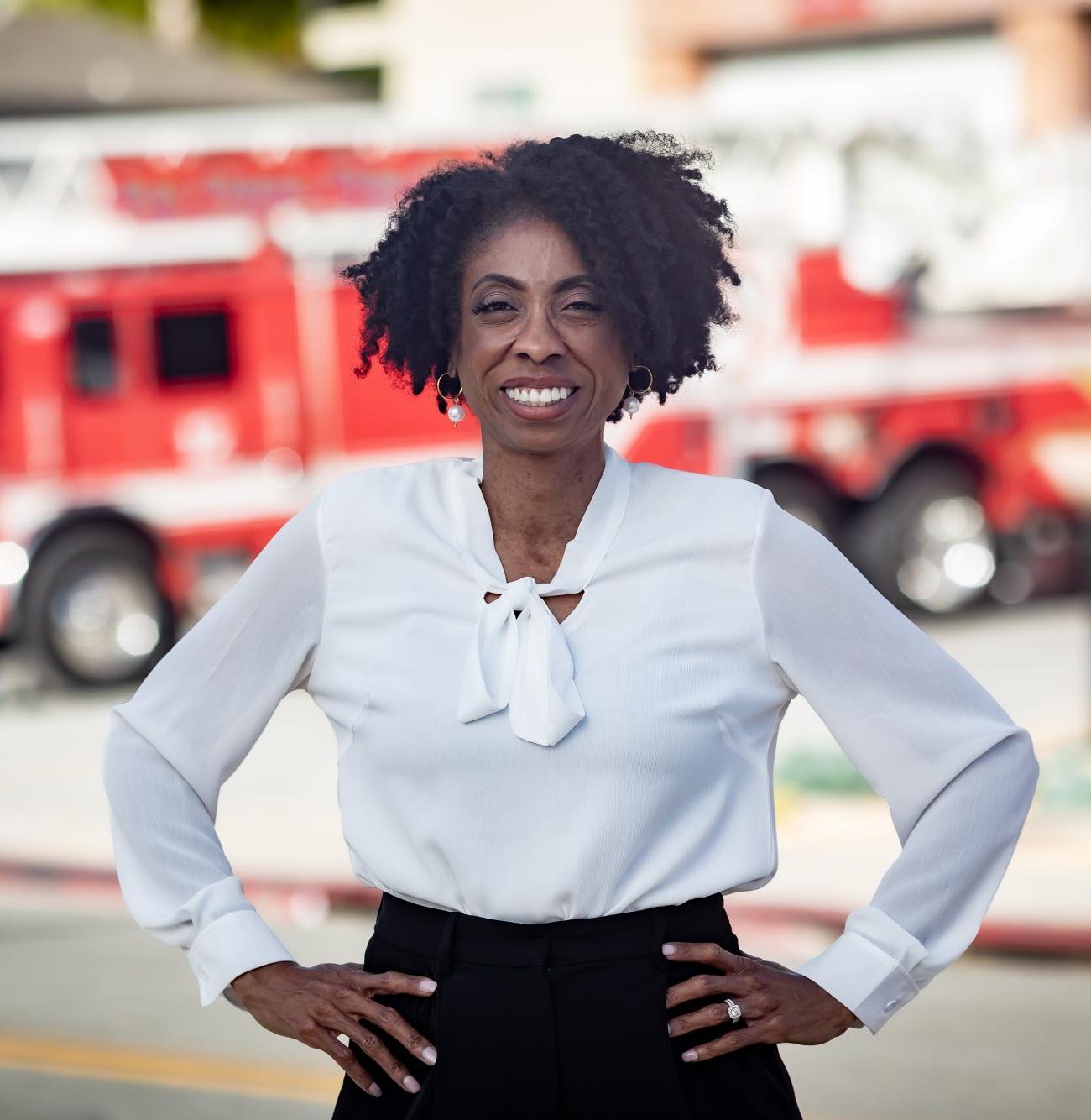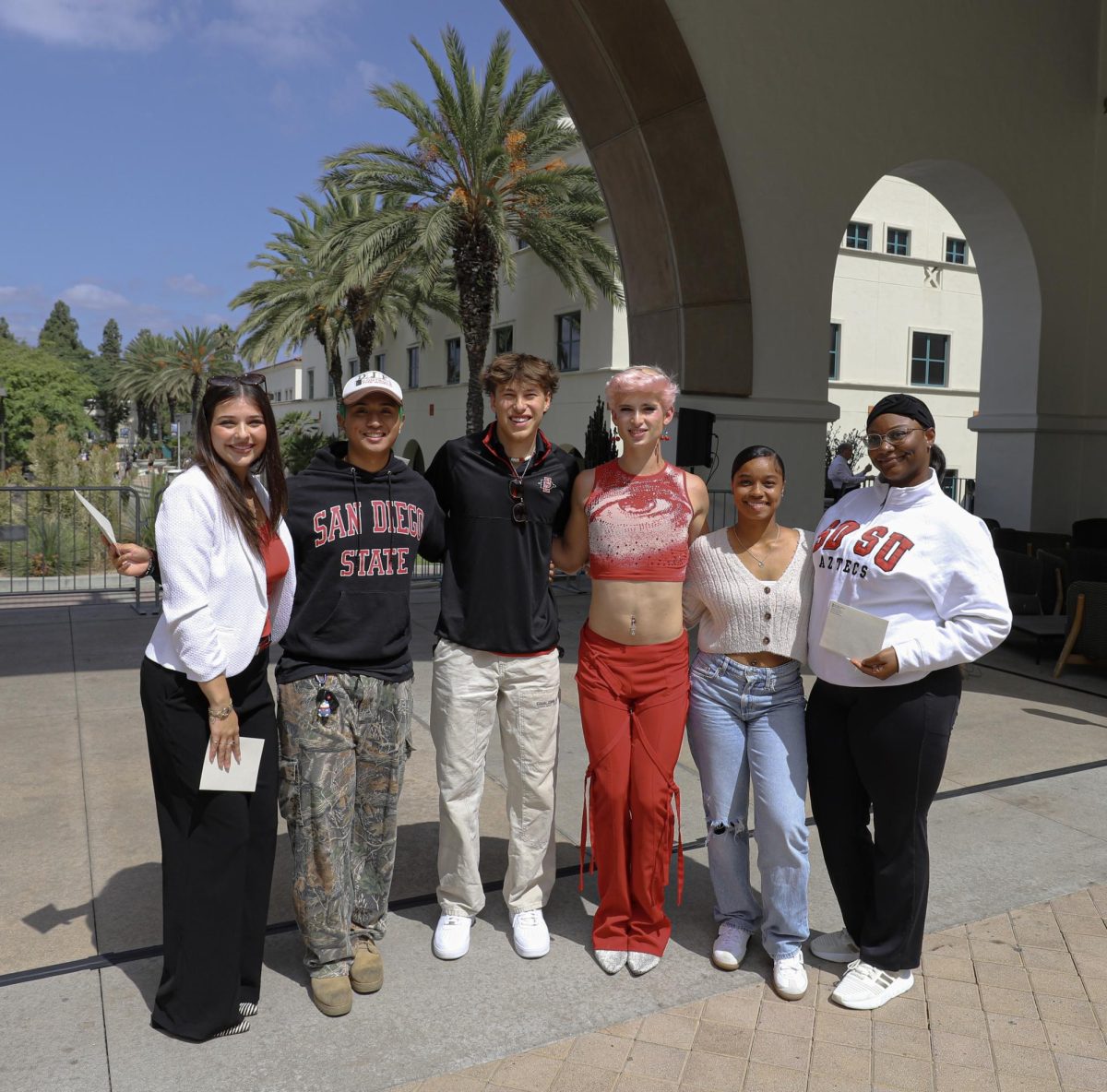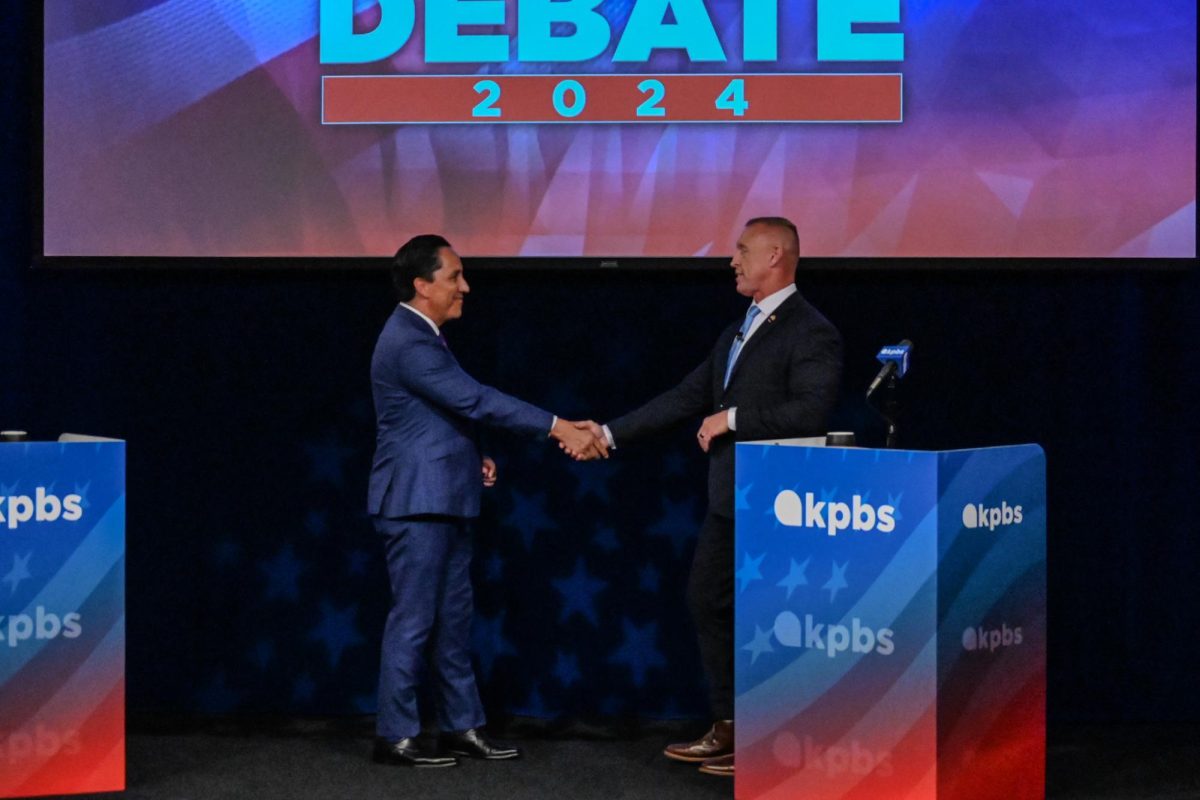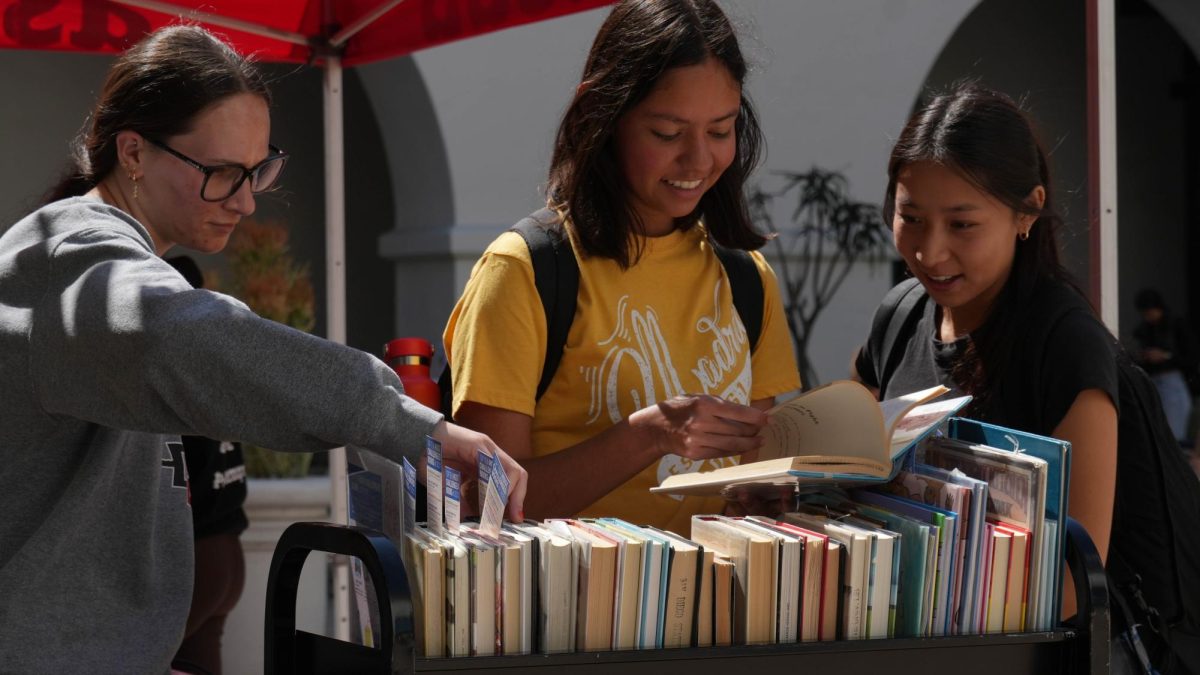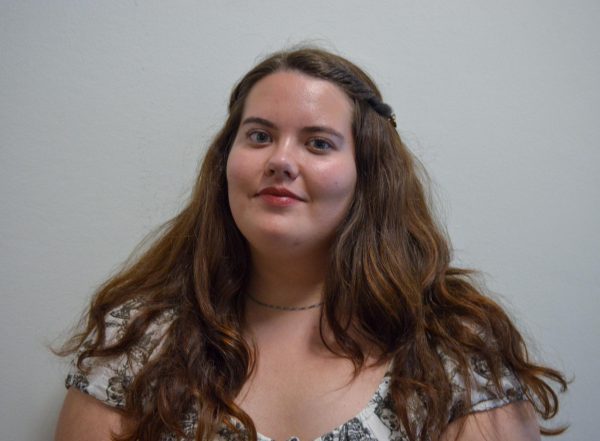Voters located in San Diego County’s District 4 will be heading to the polls on Nov. 7 to elect a new supervisor to fulfill the current term ending in 2027, following the resignation of former supervisor Nathan Fletcher back in May.
District 4 comprises parts of the city of San Diego such as the College Area, Mission Valley, Encanto and Clairemont, as well as cities such as Lemon Grove, La Mesa, Spring Valley and Rancho San Diego. Over 675,000 San Diego County residents reside in the district.
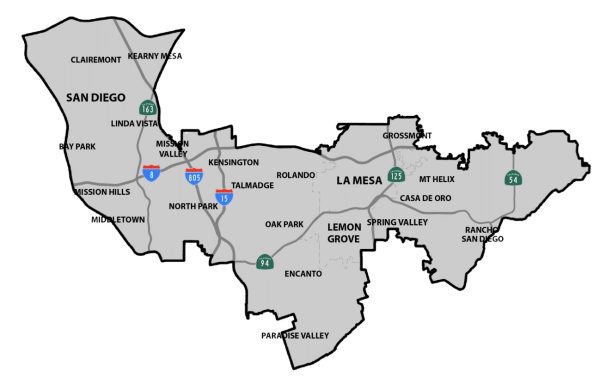
(Map courtesy of the County of San Diego)
All registered voters residing within District 4 should have received a ballot in the mail within the past two weeks, however, voters can vote in person at certain voting locations listed on the Registrar of Voters website.
The San Diego County Board of Supervisors functions as the county’s primary legislative and governing body. Essential state and federally funded programs such as MediCal and CalFresh are administered by the board of supervisors. The board also holds jurisdiction over the county’s unincorporated areas, or areas without an elected mayor or city council.
The Board of Supervisors also oversees and approves the county budget, as well as the budgets of the San Diego County Sheriffs and the county District Attorney’s office.
Following the primary election on Aug. 15, 2023, the two top candidates, Monica Montgomery Steppe and Amy Reichert will now go head-to-head in a runoff election.
Montgomery Steppe was first elected to the San Diego city council in 2018, where she now serves as the president pro tem. Montgomery Steppe got her start in San Diego government working as a staffer for then Councilmember Todd Gloria, Mayor Kevin Faulconer, and Councilmember Myrtle Cole.
The Daily Aztec asked both candidates for District 4 supervisor a series of questions about their plans and priorities. Their answers have been edited for length, clarity and style.
Give us a summary of your background. Who is Monica Montgomery Steppe?
“I am a councilmember over the community that I grew up in, which is definitely an honor for me. I also serve as council president pro tem, which means I’m sort of like the vice president of the council. So when the council president is gone, I have to convene the council meetings. I’m also chair of the budget committee, which is a very important role here at the city. I have to shepherd the council through our budget process, and our budget is about $5.2 billion. So, obviously, I have a lot of experience in that area.
But for four years, I was the public safety chair. In that role, we did a lot around police reform, such as the independent commission on police practices, surveillance ordinance and the privacy advisory board. Prior to being a council member, I was a staffer for three different elected officials. I am an attorney by trade, and so I practiced law prior to coming to City Hall to work.
Personally, I’m a wife, a daughter, a sister, an auntie, a stepmom. I was born and raised in San Diego. My parents were entrepreneurs and taught us the value of hard work. I bring all of myself to this, to whatever it is that I do.
I think the experience that has most impacted my life and the way that I serve is becoming very ill when I was 20 years old in college, and having to come home from Spelman College for my parents to take care of me during that time.
My health was so bad that the only thing that I really could do was pick up a fork and put it into my mouth. I couldn’t do anything else; my family had to really come together and rally around me to help me provide the love and the nurturing that, you know, they always have in my life, but just much more intense during that time. It really just showed me that I have no idea what folks are going through, I don’t know their stories. I really try to govern from that place of empathy. Understanding that, especially at a time like this, we’re dealing with a lot of crises, I think, because we have not had as much compassion as we should have had.”
Why are you running for the District 4 seat?
“It was a very hard decision for me. I love what I’m doing now, but I also understand that it’s an opportunity to do even more for the people of this region. I really want to bring my people centered community governance model to the County of San Diego, where we have many, many different folks at the table as stakeholders as we propose solutions in government, and so that really is what is driving me.
When I was sick, I had to apply for county services. My family had to apply for county services. Being able to be a decision making policy maker over those types of programs and ensuring that people have the dignity and respect that they need to get through what could be some of the worst times of their lives, It’s very important to me. I’m looking forward to the opportunity of being the first Black woman to ever sit on that seat at the County Board of Supervisors in San Diego’s history.”
What are your priorities for district four?
“My pillars of governance and priorities have not changed. In 2018, I ran against an entire establishment; I was not endorsed by either party. But two labor unions endorsed me, SEIU Local 221 and the National Union of Healthcare Workers. However, the business community did not endorse me. So I came in with a very independent voice and my pillars of economic opportunity for all. Any person that wants to be able to thrive in our region should have the opportunity to do that.
We know that we’re facing a lot around homelessness, around infrastructure, around having safe places for our young people to convene and build community. So that’s something that I’ve continually advocated for in my time in my professional life, not just as an elected official.
Also reimagining community safety and public safety, and what that looks like for folks. I was able to champion a program called ‘No Shots Fired’ during the time that I had been a council member. From 2021 to 2022, that program reduced gang homicides in the city of San Diego by 65%. It’s a collaboration between the police department and folks that we call ‘interrupters’ that are able to use their connections to tamper down violence in our streets when it erupts. Those types of targeted programs are very helpful. They’ve been helpful to the region. And I really just want to continue that work.”
Although this is a nonpartisan office, the current board has two Democrats and two Republicans. Regardless of who is elected, the balance will be flipped. What are the areas, if any, where you believe you can find common ground to work across the aisle, and where might you draw a line?
“I try my best to keep everyone engaged. I try to listen to folks. People are people at the end of the day. This is a non-partisan seat technically, so a lot of people have common sense solutions, no matter what side of the aisle that they’re on. I try to listen to those as best as possible and appeal to what our common goals are, that’s extremely important to doing this work. At the end of the day, we’re gonna have to get outside of our silos.
These issues, problems and crises that we’re facing, none of us can do it in a bubble. We have to talk to people that don’t agree with us on everything that’s just a part of being a mature person and a mature elected official. So I’m looking forward to doing that work, I’ve been able to do it. I think the most important thing is to continue to have conversations with people that may not agree with you on every single issue.
I am always going to fight for our most vulnerable communities. I think that it helps us all, to fight for the people that need our help the most. I am always going to be people centered. I’m going to take input from community members. I’m going to fight for equity, and that is not an easy fight because that means that we’re making up for past disinvestment. And so those are the things that I’m going to continue to really fight for. Conversations around race, around gender discrimination, around LGBTQ rights and around all the different issues that we’re dealing with and how they intersect with the systems that we are charged to create and make decisions around on behalf of the people. Those are tough conversations, because everyone is not treated the same. I would just be realistic and truthful about the disparities that exist in our system.”
For these next three questions, we asked the SDSU community what issues are important to them. The first is housing. What do you think the County of San Diego should be doing to build more housing and to make housing more affordable?
“This is a big issue for everyone, but particularly our students who may want to stay in San Diego, but they’re taking their awesome talent elsewhere, because of the affordability crisis. And so for me, that’s extremely important. Housing is a top priority. For the SDSU community, it’s very important that we think about housing for the future. A lot of our housing policy and conversations are focused around people who already have housing, who were able to buy their homes and didn’t have to work two or three jobs. They just had one good job and were able to buy their homes and raise their families, which I’m very grateful that they were able to do that. I want to create that for the future.
Housing policy is extremely important and it’s the hardest subject. We all want housing, we all say we want housing. When it comes down to passing controversial policies, that is where sort of the rubber meets the road. I’ve been in those positions, where I have supportive policies that will incentivize building homes. I do think that as we put more homes and units on the market that will help with affordability, but also we have to explore rent stabilization. I’m looking closely at an ordinance that was passed in Los Angeles County, to see what we could do here in San Diego County. If we are going to make this market be one where our students who are graduating, folks who want to have careers here and folks who love San Diego, are able to stay here.”
Homelessness is a persistent issue in the county, even though it is one of the biggest spending categories for the county. What more should be done to combat homelessness in the county?
“There is no one solution to it, and the reason why I say that is because there are so many different types of folks that are struggling with not having a home. We can talk about folks that have addiction issues that are on the streets, folks that have mental health issues that are on the street, we know that, we see that.
But there are some folks we don’t see; we often don’t see people who are sleeping in their cars with their children. Sometimes we may or may not see our homeless veterans. We know that the most recent Point in Time Count shows the fastest increasing demographic of folks that are without housing, is our senior population. We have many different types of folks that are without housing. When we’re talking about being solution-based, we really have to acknowledge it is not one-size-fits-all. There are people that are $300 to $500 away from making their rent, on top of having to pay their bills. I think having rental subsidies is very important, because it allows for people to stay out of homelessness and stay out of a system that ends up costing all of us a lot more.
The other solution is to increase and beef up our behavioral health services. In the next five years, in order to meet the demand, we have to hire over 18,000 people to fill vacancies in this industry. But we also have to retain the ones that are doing it. So that requires us to raise salaries, that requires us to do very robust outreach with our universities and even with our community colleges. We need more shelter beds and we need more psychiatric beds.
Something that I’ve had to address a lot on the campaign trail is my unwillingness to support the encampment ban. I don’t want to see people struggling in encampments. I know that there are issues in our neighborhoods. We get calls all the time, and we go out ourselves and talk to folks who are camping out on our streets. The only thing that I desire is that we have a place for people to go when we are removing them from the street. Four out of the five people that are asking for shelter are not receiving it. It feels sort of inhumane to enforce them that way, when we have a bit more work to do on the opposite end of providing more beds for folks as they need them.
We have to do an inventory of the county’s land, to see how we could build housing on county land. We have to look more into the county’s housing innovation trust, to ensure that we’re utilizing those dollars to bridge the gaps when it comes to paying for affordable housing projects. There are a lot of things that we can do. The topical solutions that we have right now are great efforts. But we have to dig deeper in order to make this system work to reduce the barriers and provide the services that are needed for folks.”
People around San Diego county have reported feeling increasingly unsafe as violent crime rises. What should the county be doing in response to this?
“I have supported the police officers budget every year that I have been a council member. But I also always hold every department accountable, especially the police department because they carry a huge chunk of our budget. I think the last budget that we approved, they received about $538 million, and on top of that $50 million in overtime expenses. So that’s a lot, right?
So, we certainly have to increase patrols where we need to, that’s absolutely true. But if there are specific types of crime happening, then we can develop community-law enforcement partnerships to make sure we’re finding ways together to keep the community safe, without targeting people that we don’t need to target.
The county has very limited if any jurisdiction over the Sheriff’s Department, as we have an elected sheriff. The sheriff does her own thing, but where the conversation that can be had is during budget deliberations to figure out what programming is going on and to help people keep safe in these innovative and alternative ways. We do spend a lot on law enforcement we do and we’re not feeling as safe as we should. The number of law enforcement recruits nationwide is down. I really see this out there as an opportunity to build out a public safety ecosystem that includes social workers, violence interrupters and crisis mobile response units all working together.”
How would you repair trust with District 4 constituents following Nathan Fletcher’s tumultuous resignation?
“When I ran for the city council seat in 2018, I ran because community members had lost trust in their current representative, who happened to be my previous boss. I’ve been working five years to build that trust and have done very well in that. The way that we build trust is to continue to keep the lines of communication open, let people know we are here for them and have a reasonable response time. In the office, we already have the infrastructure for that; we have been doing the really hard work of building trust all the way around.
We’re not perfect either, even elected officials are people. We’re human beings, but we still are charged with representing, in this case, up to 700,000 people. I’m taking that honor and that privilege wherever I go, to build that trust with folks that are just disillusioned within the district, about government in general and then about what has happened with this seat.”
Finally, what do you want the SDSU community to know about you and/or your goals if you are elected to the District 4 seat?
“I just think we have to focus on our future. And that I just will be frank and say, I think I’m the only candidate that is really focusing on the future in that way, providing a vision for the younger generation. I think it’s important, and that requires us to get out of ourselves and to think about the sacrifices that we will make at this time for those that are coming after us.
I know that many people made sacrifices for me to be where I am. I carry that to the office. I’m thinking about our young folks all the time. The younger members of my family, you know, what are they going to do when they grow up? What kind of world are we leaving behind? With that in my mind every day, that’s the way that I will govern.”
To learn more about Monica Montgomery Steppe or to get involved in her campaign, visit her official website.


